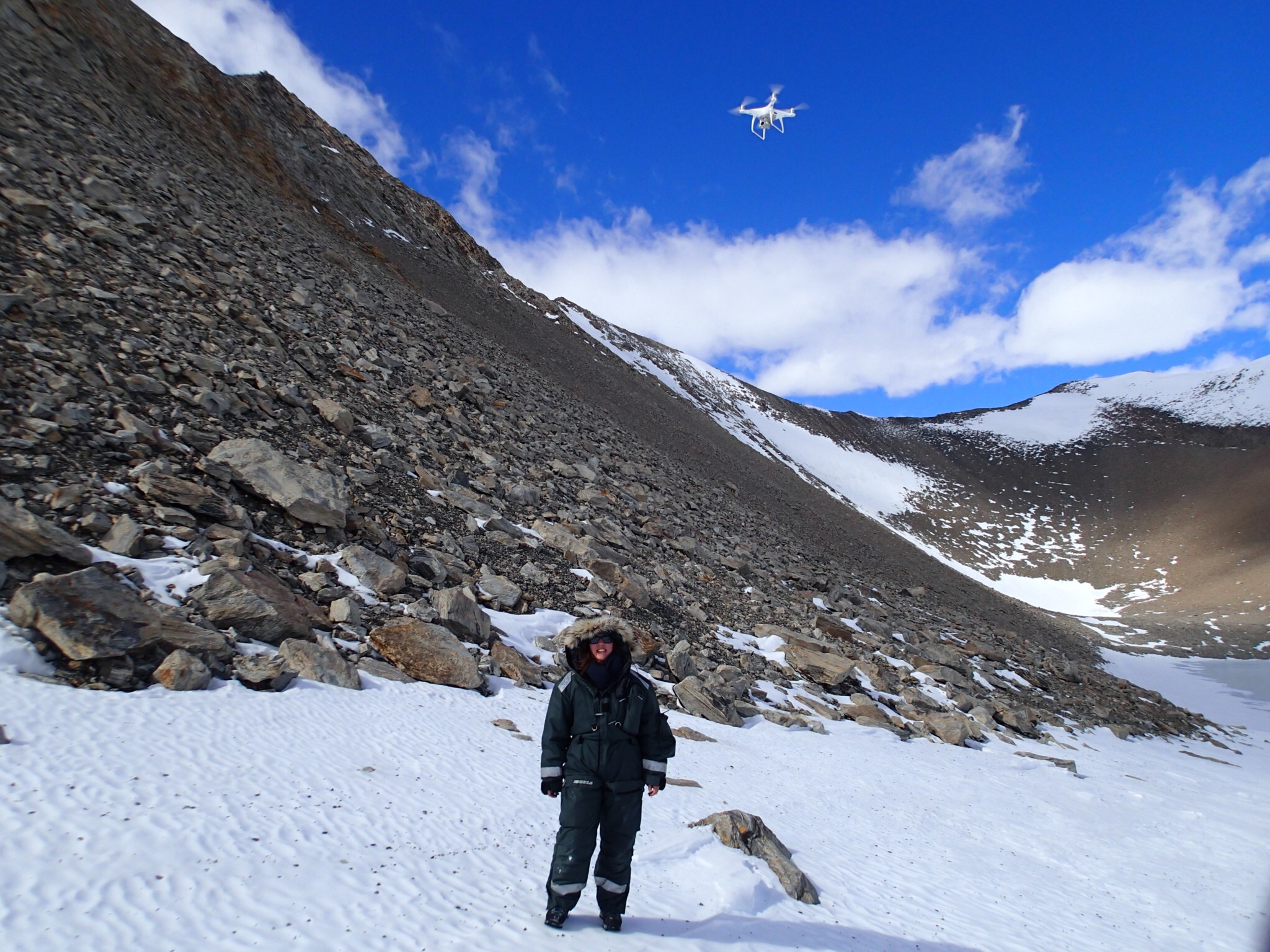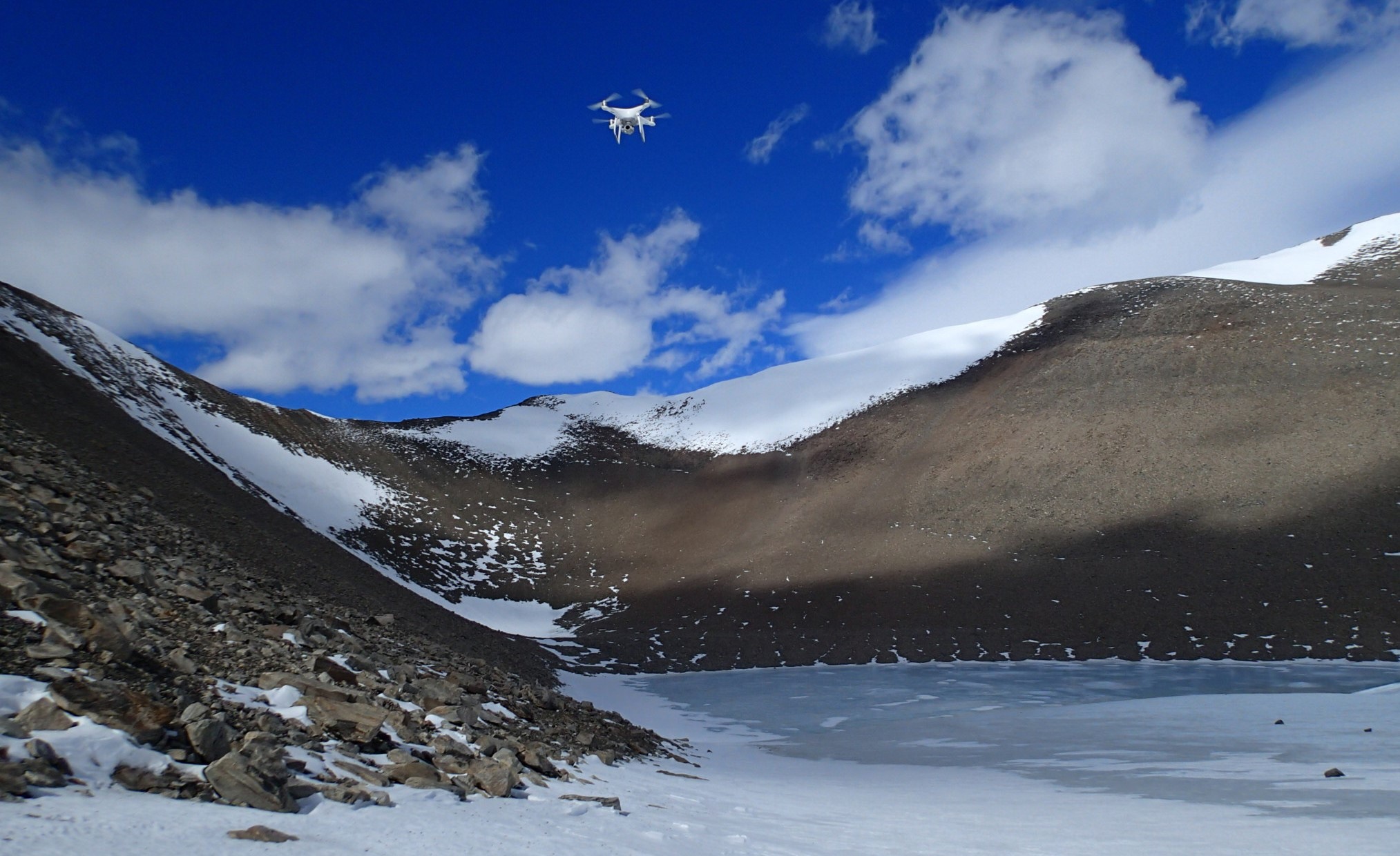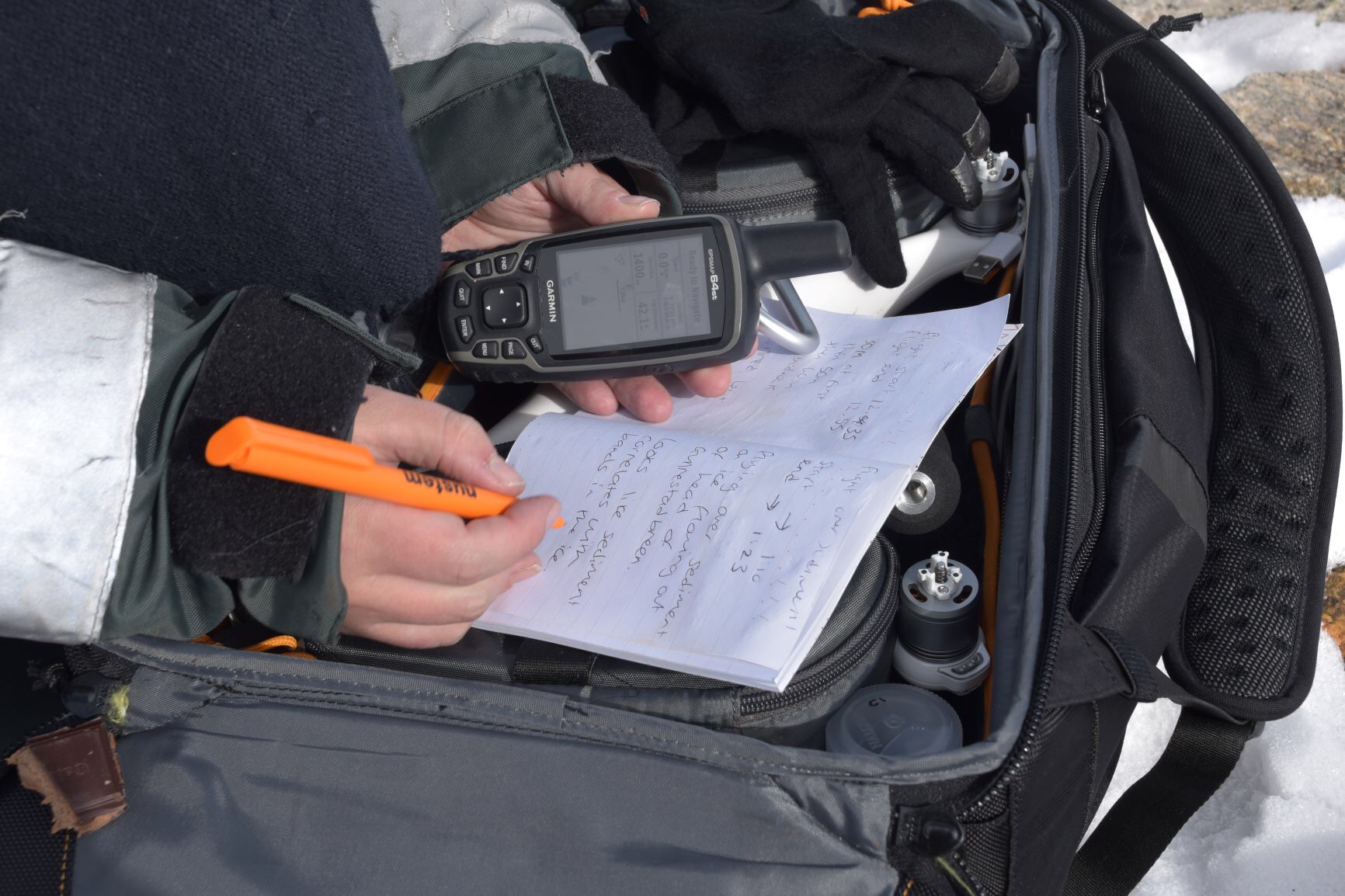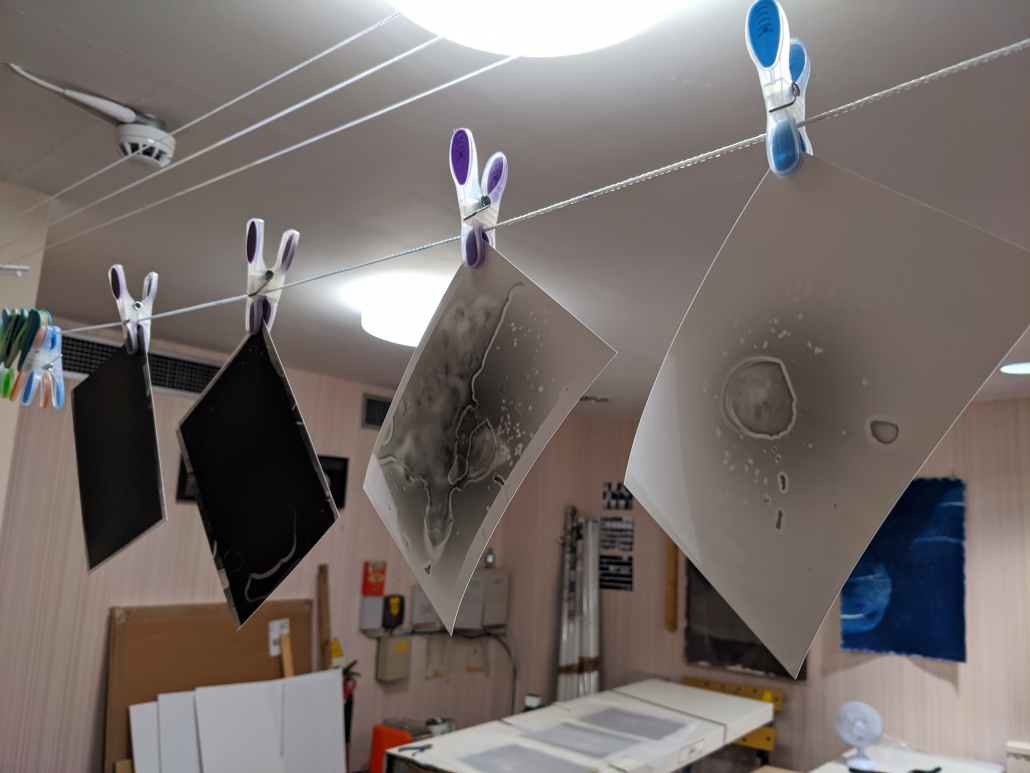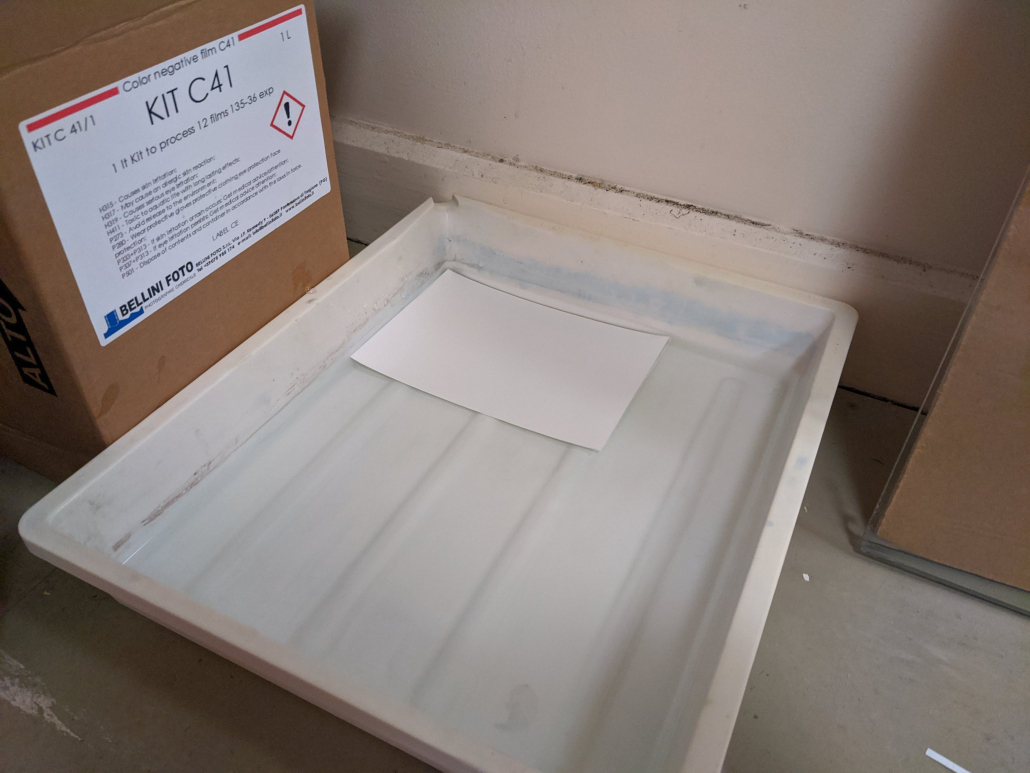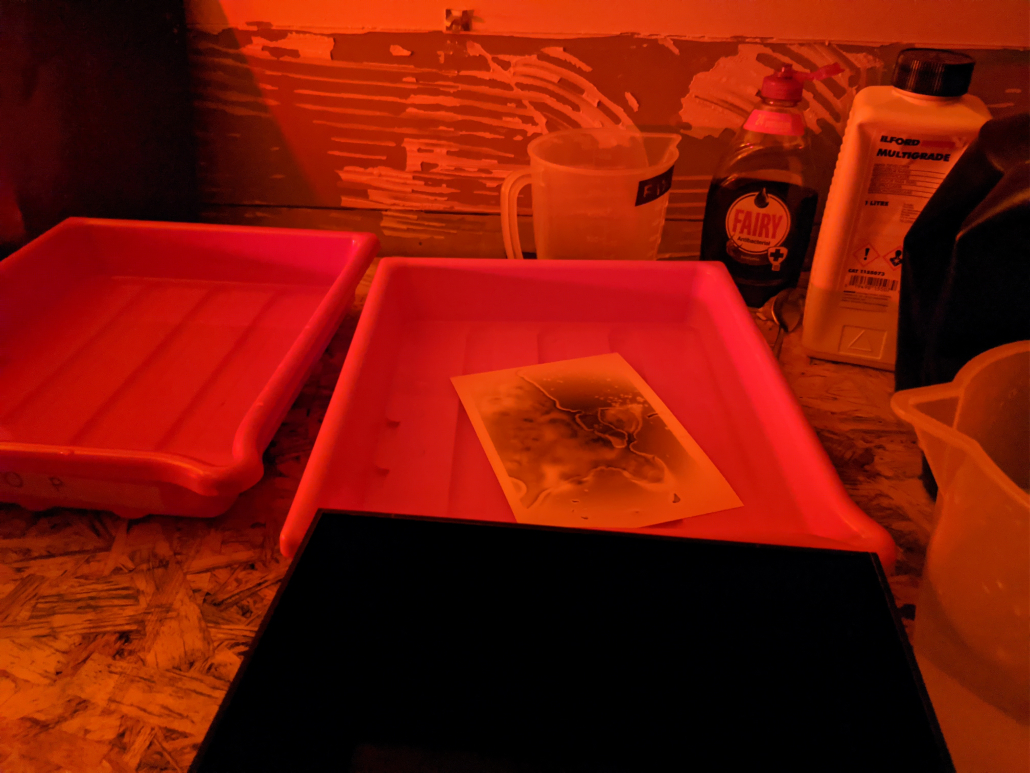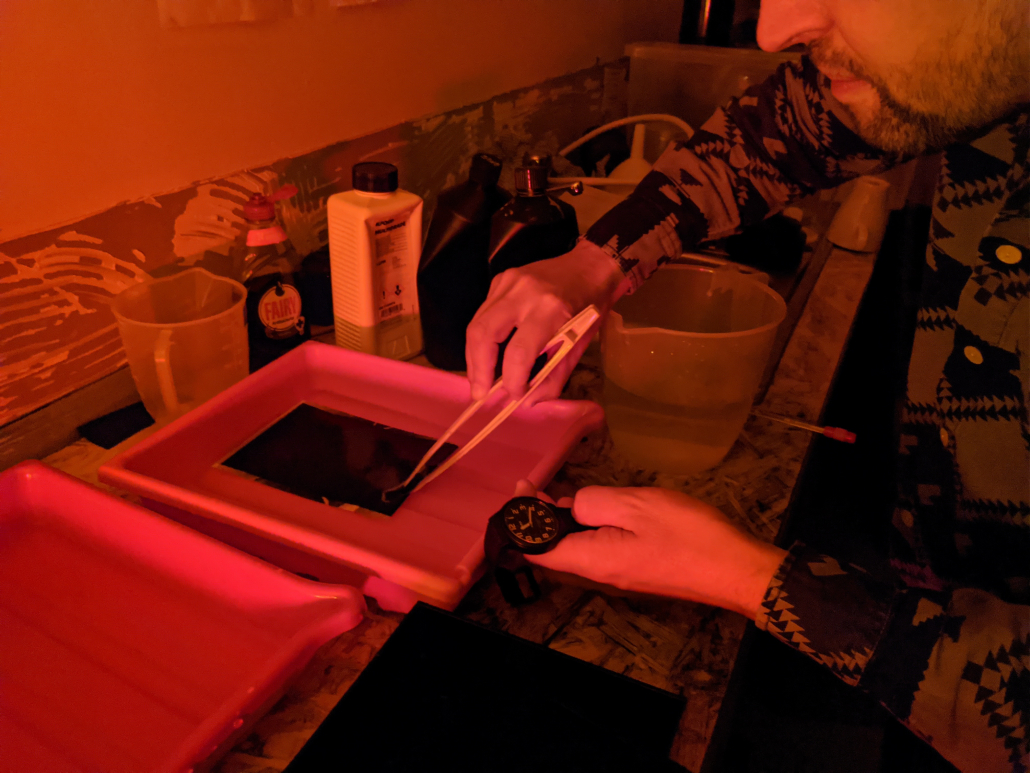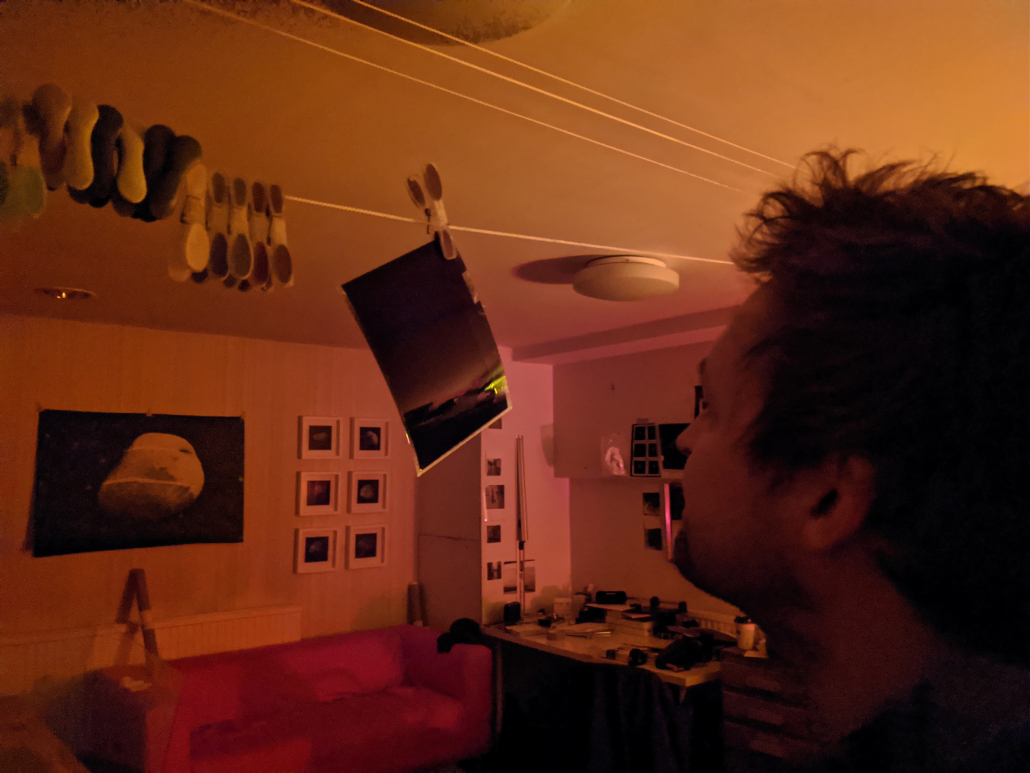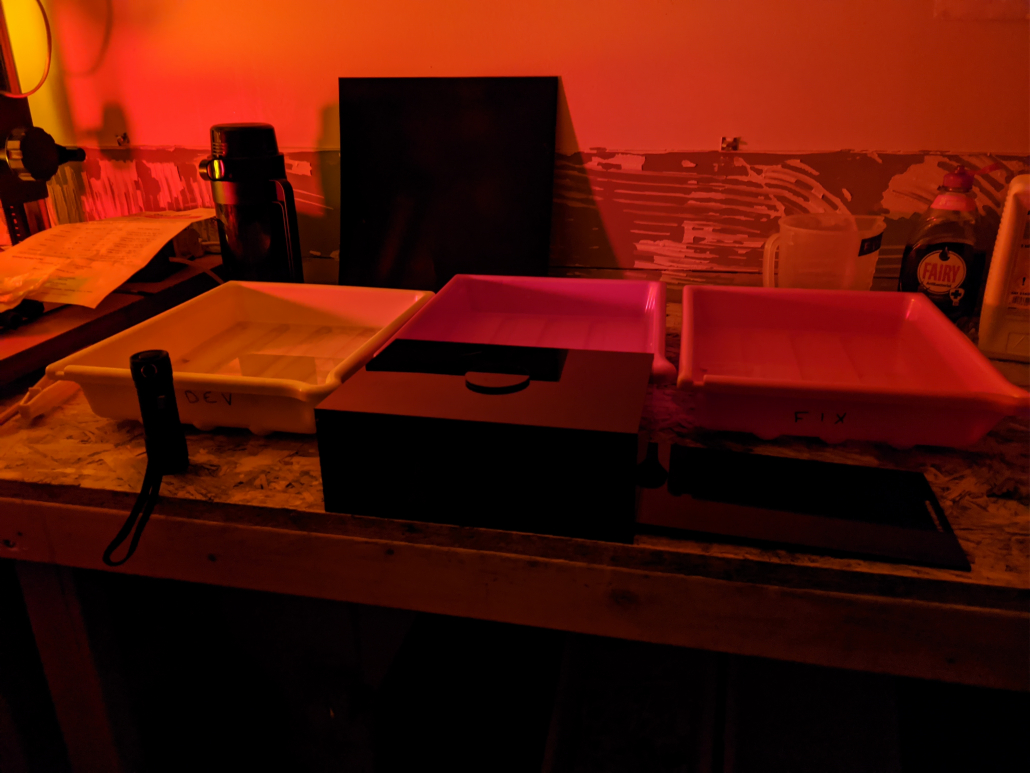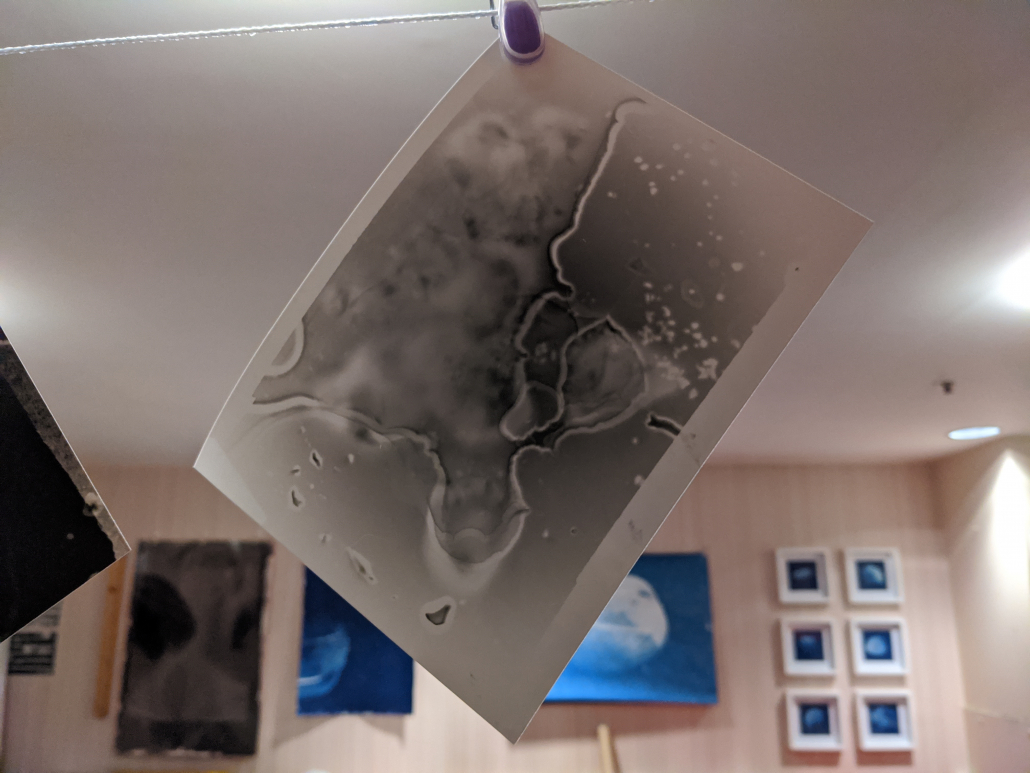Kate’s made it to the Princess Elisabeth Research Station, which (if you ask us) looks more like the villain’s lair in the next Bond film than anything so straightforward as a research base. Wait… are we sure Kate isn’t plotting world domination?
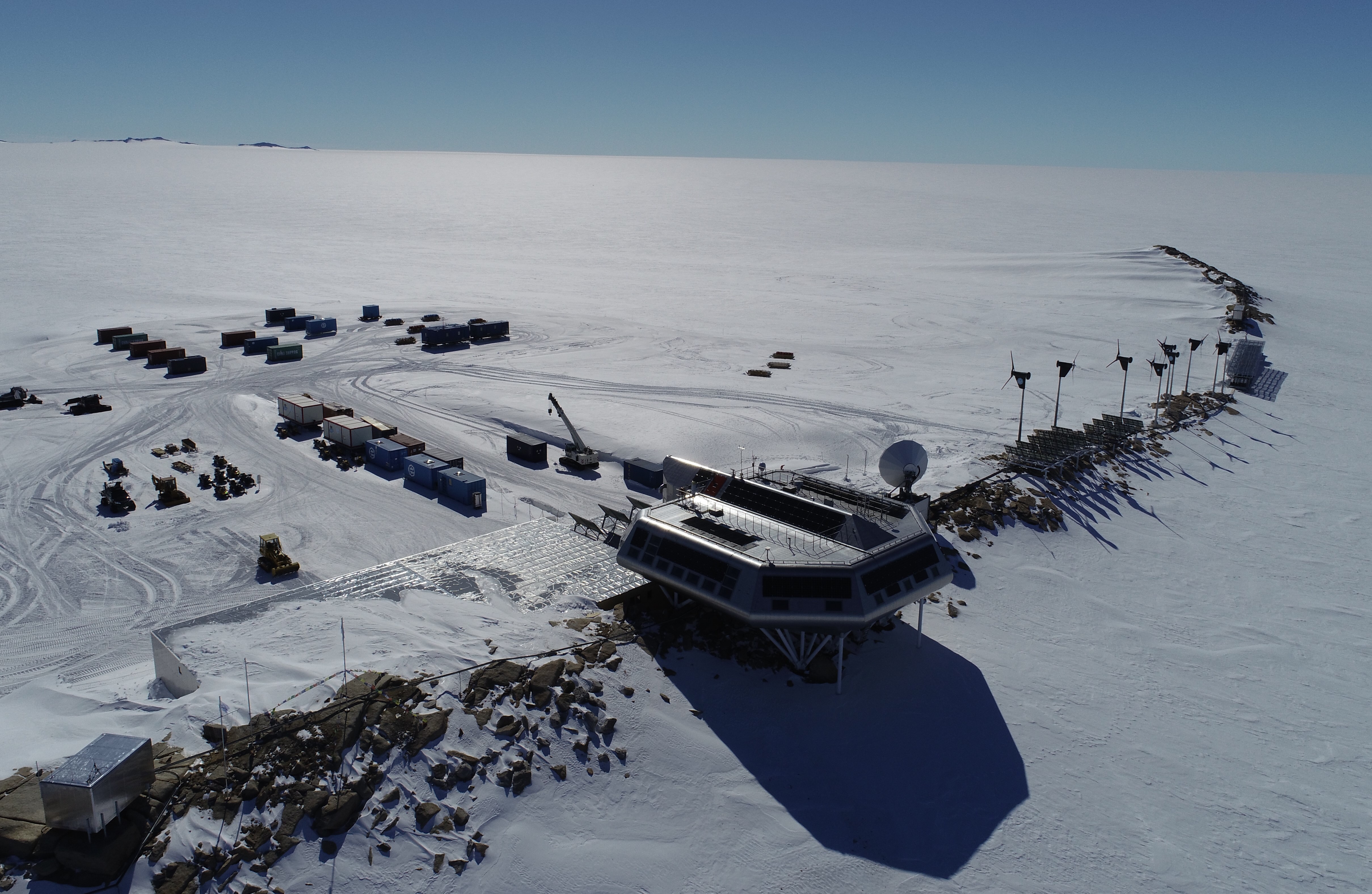
Here’s Kate’s update:
Merry Christmas from the Princess Elisabeth Research Station in East Antarctica!
Did you have a white Christmas in the UK? At 71 degrees south, you always get a bright, white Christmas. The sun circles the sky during the Antarctic summer so it is always bright and sunny – which is strange when you wake up on Christmas morning! Today, we have really good weather, it is -8°C and the wind is blowing at 10 knots so it is not too cold. You can see the kind of weather that I am experiencing at this weather report site.
As the weather is so good, and our time here is short, everyone on the base went to work today. The research station is expanding, so there are lots of people building new walls, putting in new electrics, maintaining the plumbing system and checking that the wind turbines (which produce most of the station’s electricity) are working. There are four scientists on the base at the moment – me, my field assistant James Linighan and two geologists from Turkey. One geologist wants to date the rocks on the mountains (using a technique called cosmogenic nuclide dating – you can google it if you want to know more!) to see if the East Antarctic Ice Sheet was thicker in the past, and the other geologist is searching for meterorites. Antarctica is a great place to find meteorites because their dark, shiny form stands out on the blue ice and white snow. There are more scientists working close to the coast, where they will camp on the ice for over a month. They are drilling through the ice, to collect ice cores to learn about the past climate.
James and I have been scanning the mountains that stick up above the ice (called nunataks) with a drone. When we come back next year, we will do the same tests, to see if the rocks on the mountain have moved over the space of a year. We expect the rocks to move downhill a little. Over many years, these rocks will roll and fall onto the ice, where glaciers (like big, frozen rivers) will transport them to the sea. We have already collected some rock samples from nearby mountains and from the ice sheet, so that we can see what’s inside the rocks (like minerals) when we get back to the laboratory at Northumbria University. That will tell us if these rocks can help to feed plankton in the Southern Ocean.
